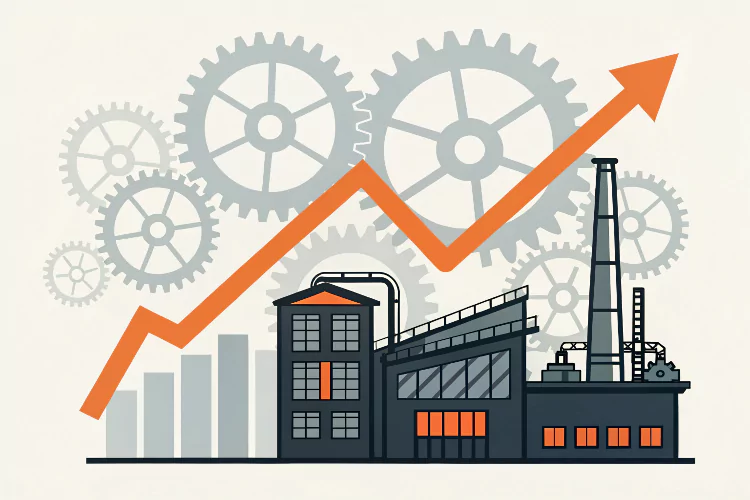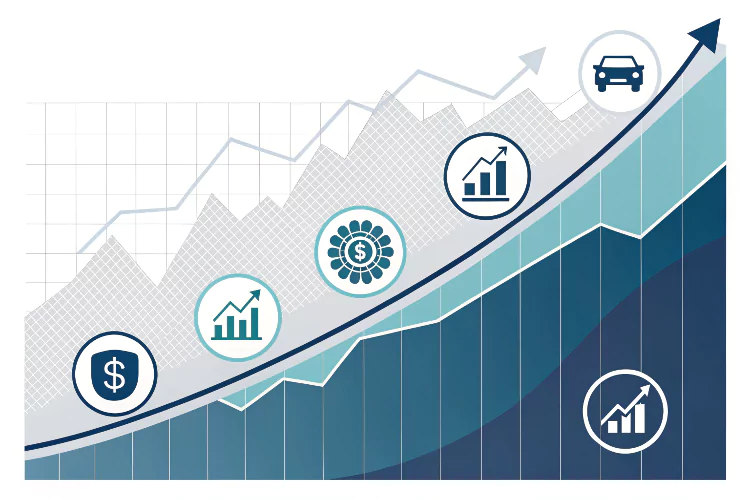
Sustainability as Strategy: Embedding Circular Economy in Enterprise DNA
As climate urgency accelerates and stakeholder expectations evolve, sustainability is no longer a corporate social responsibility checkbox—it is a business imperative. Enterprises are now reimagining operations, products, and value chains through the lens of circular economy principles, turning environmental stewardship into long-term strategic advantage.
From Compliance to Competitive Edge
The sustainability conversation has shifted. What began as regulatory pressure and reputational risk management is now a race to redesign business models for circularity. Leading organizations—like Nestlé, Dell, and L’Oréal—are investing in zero-waste manufacturing, regenerative supply chains, and product lifecycle innovation.
In this new landscape, sustainability is not just ethical—it is economically rational. Investors, consumers, and employees increasingly favor businesses that prioritize planet-positive practices.
What is the Circular Economy?
The circular economy is a systemic shift from the traditional take-make-dispose model to one focused on:
Resource efficiency and waste minimization
Design for reuse, repair, and recycling
Material recovery and closed-loop supply chains
Product-as-a-service and extended product lifespans
Sustainable sourcing and ethical procurement
Circularity decouples growth from resource consumption, enabling both resilience and profitability.
Building a Scalable Sustainability Strategy
To operationalize sustainability at scale, enterprises are aligning core business functions with circular principles:
Procurement: Partnering with green-certified vendors and traceable sourcing.
Design: Creating modular, repairable products from recycled or biodegradable materials.
Manufacturing: Implementing energy-efficient, low-waste production systems.
Logistics: Optimizing reverse logistics for reuse and recycling.
Technology: Leveraging AI and IoT to track, optimize, and report sustainability metrics.
Sustainability must be embedded in enterprise architecture, not layered on as an afterthought.
Leadership, Disclosure, and Governance
ESG oversight is rising to the C-suite. Companies are appointing Chief Sustainability Officers, integrating ESG into board charters, and publishing science-based targets and disclosures aligned with frameworks like GRI, TCFD, and SBTi.
Proactive reporting builds stakeholder trust and prepares organizations for tightening global regulations.
Real-Time, Data-Driven, Transparent
The future of sustainable business will be:
Data-led: With ESG analytics driving real-time decision-making
Transparent: Enabling third-party audits and stakeholder accountability
Automated: Through sustainability dashboards and digital twins
Verified: Via green certifications, lifecycle assessments, and impact reports
Greenwashing is no longer tolerated—only verifiable impact earns loyalty.
Conclusion: Sustainability is the New Digital
Just as digital transformation redefined business in the last decade, sustainability will define the next. Enterprises that act decisively now—by embedding sustainability into their core strategy—will lead the markets of tomorrow.
Sustainability is not a project. It is a mindset, a mechanism for resilience, and a multiplier of long-term value.



